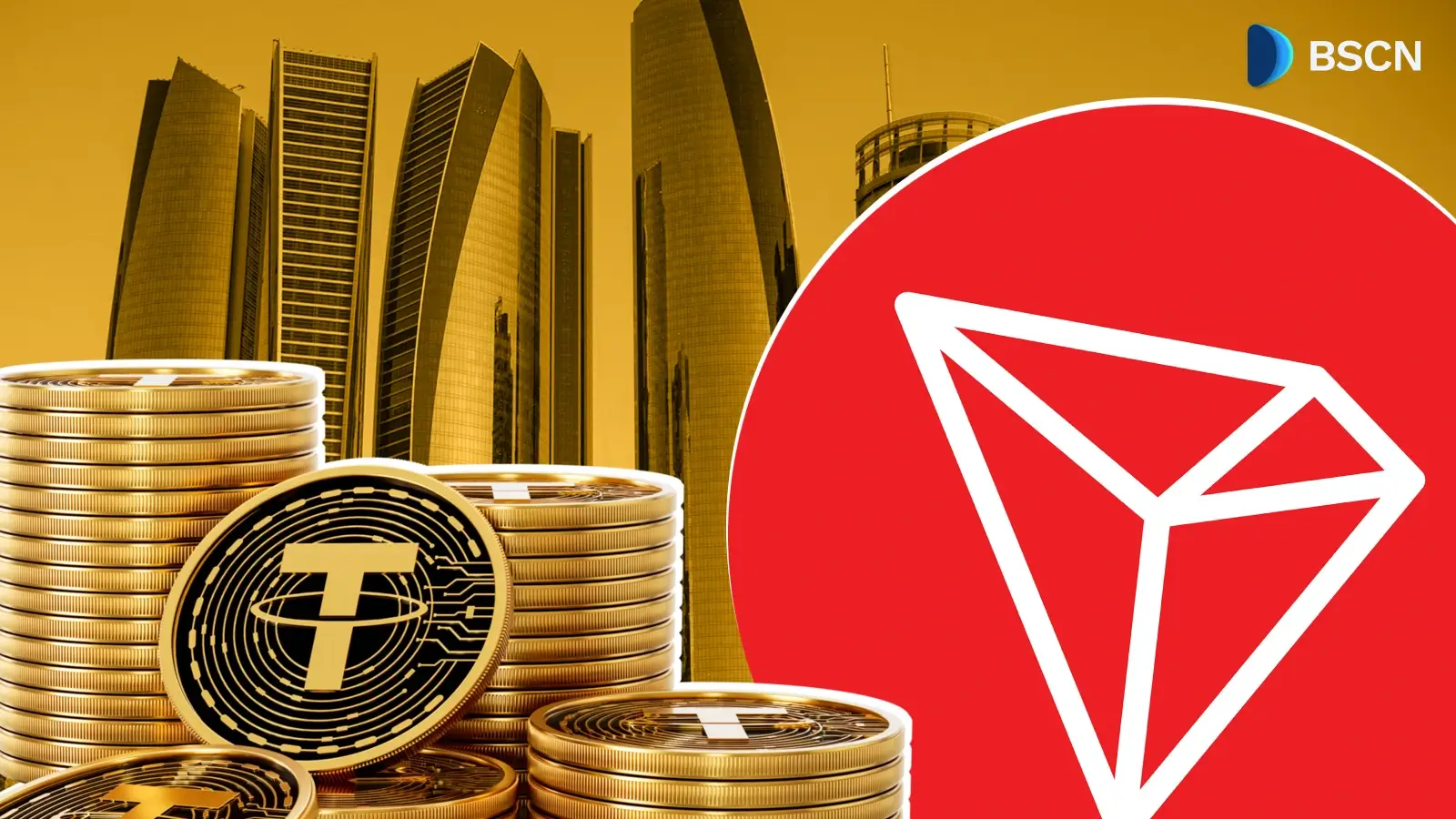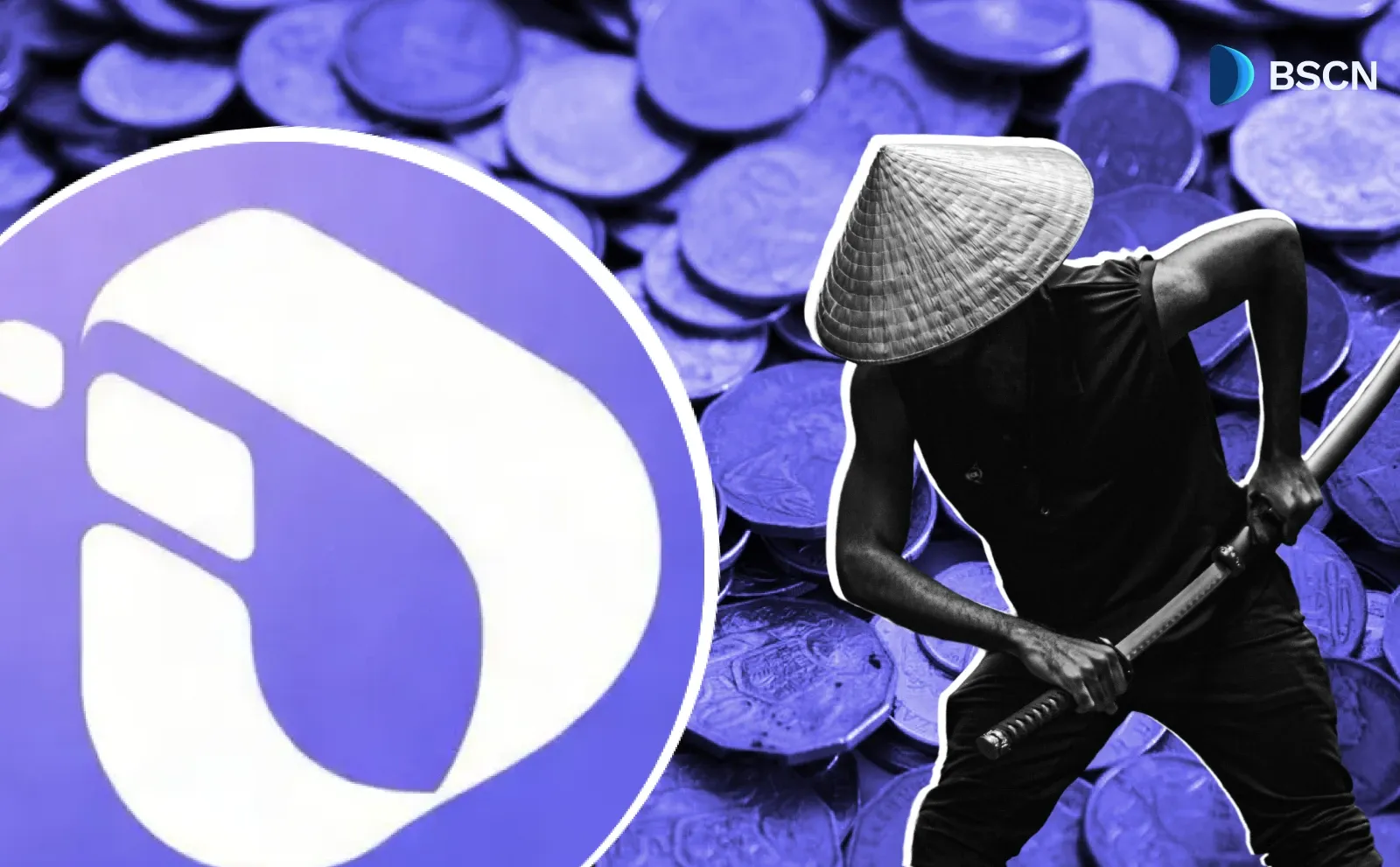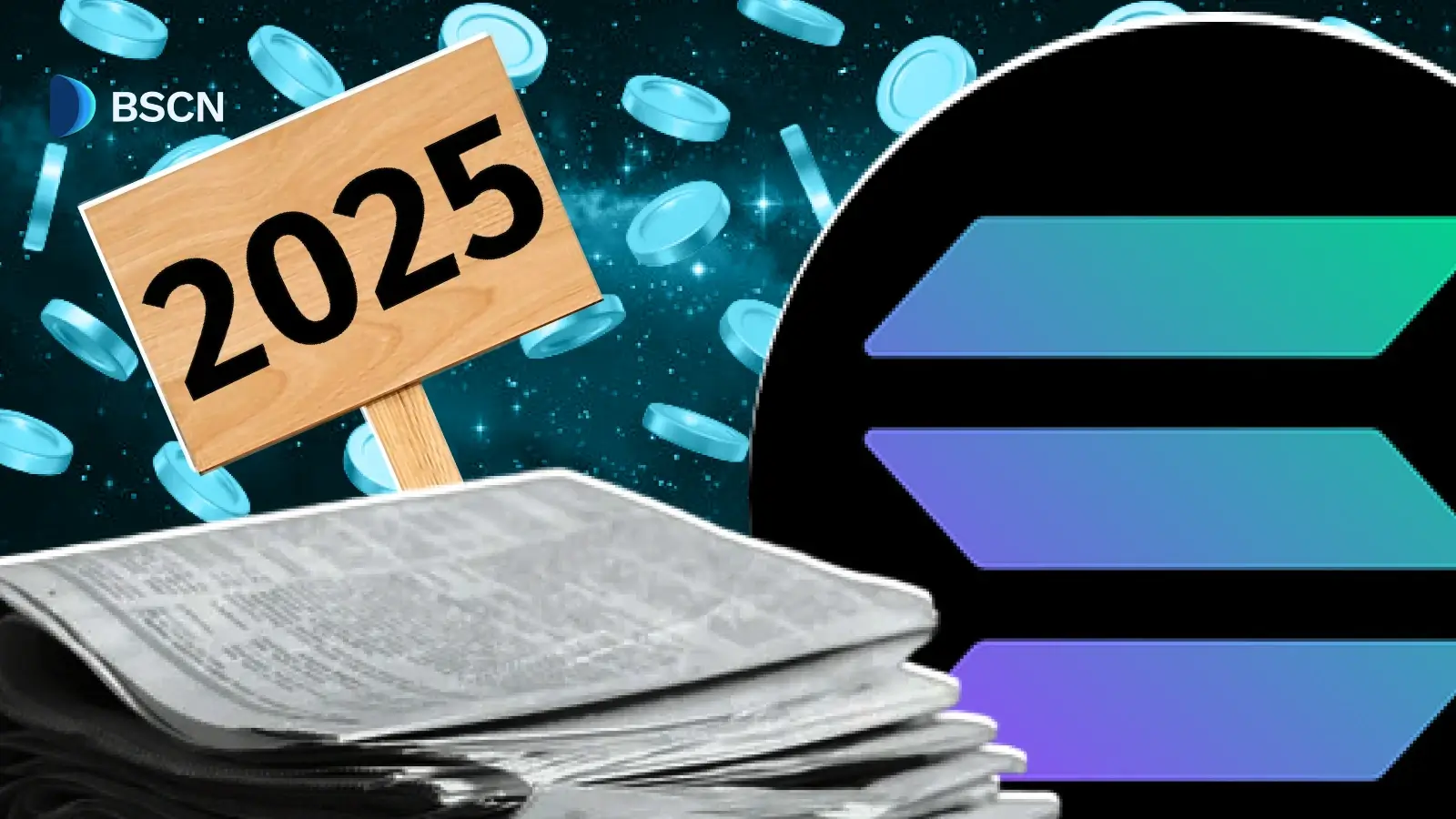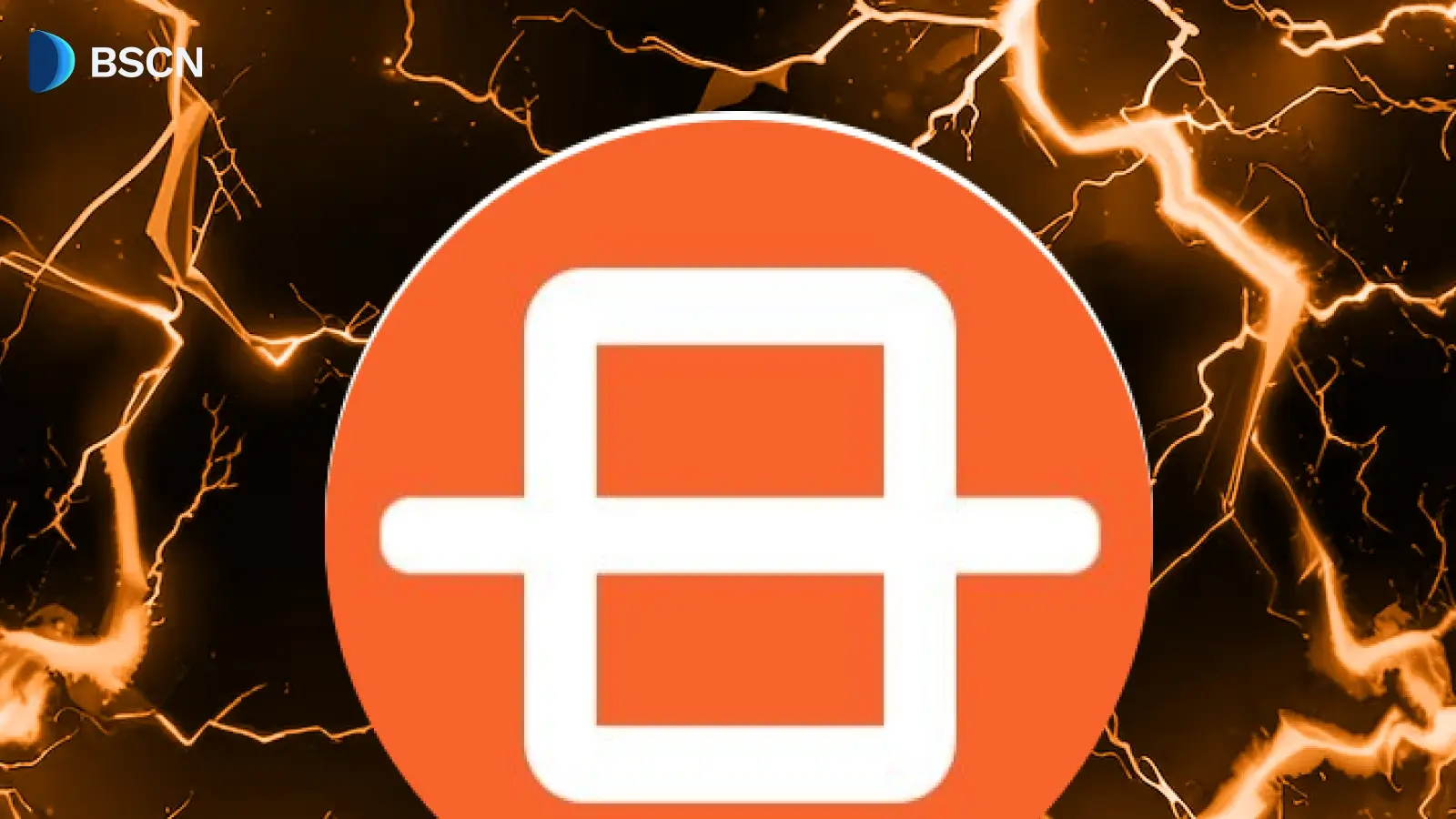News
(Advertisement)
MicroStrategy to Raise Another $2B for Bitcoin — What Does It Mean?

The new capital raise, conducted under an at-the-market (ATM) program, will be used to buy more Bitcoin and cover operating expenses.
Soumen Datta
May 23, 2025
(Advertisement)
Table of Contents
Michael Saylor’s MicroStrategy, now rebranded as Strategy, is once again tapping capital markets to fuel its Bitcoin ambitions. The firm has announced plans to raise up to $2.1 billion through the sale of 10% Series A Perpetual Strife Preferred Stock (STRF). This preferred stock, offering a fixed 10% annual dividend, will be issued under an at-the-market (ATM) program, meaning shares will be sold gradually, as market conditions allow.
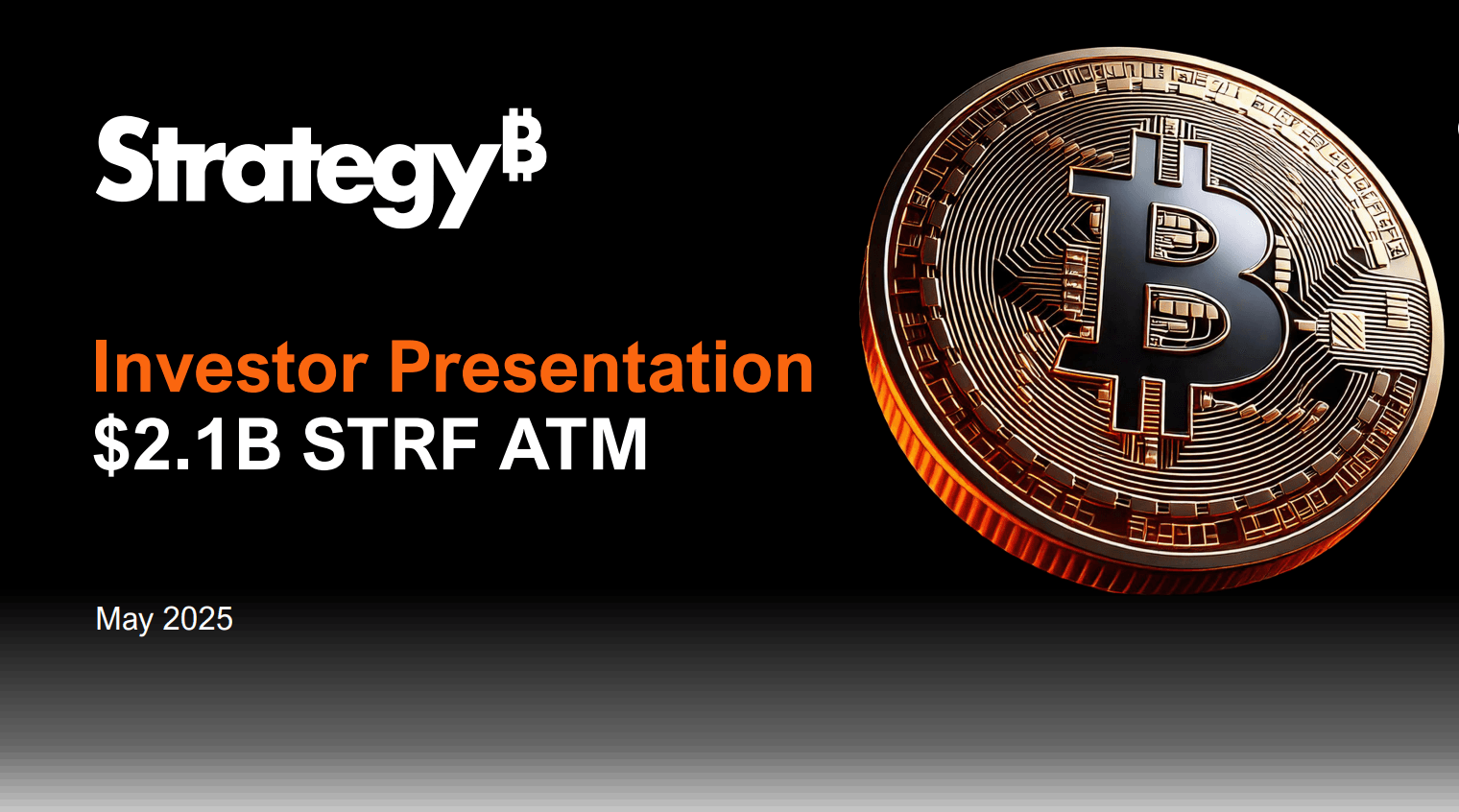
The offering, detailed in a recent filing with the U.S. Securities and Exchange Commission (SEC), show another aggressive move by Michael Saylor and Strategy to reinforce Bitcoin as their primary treasury asset.
To view the $STRF ATM press release, prospectus, and investor presentation, along with additional information about $MSTR and $STRK, click here: https://t.co/6Ax85rUpIg
— Michael Saylor (@saylor) May 22, 2025
Passive Income Meets BTC Exposure
Unlike traditional common stock, STRF shares offer passive income through a quarterly 10% dividend. The structure is perpetual, meaning there’s no maturity date or repayment timeline.
For Strategy, it’s a clever way to raise funds without issuing more debt. For investors, it’s an opportunity to earn yield while gaining exposure to one of the most Bitcoin-centric companies in the world.
That exposure, however, comes with risk. While Strategy’s plan is to fund dividends through new capital raises — including additional stock sales — the company has acknowledged that market downturns or financing roadblocks could affect its ability to meet those obligations.
A Consistent Bitcoin Playbook
Strategy has a clear game plan: raise capital through equity and preferred stock, and use the proceeds to buy more Bitcoin. This latest STRF sale is not new in approach.
Over the past few years, the company has used similar strategies, selling MSTR and STRK shares to fund ongoing BTC acquisitions. Just recently, between May 12 and 18, it bought 7,390 BTC for $764.9 million, at an average price of $103,498 per coin.
With this latest purchase, Strategy’s total holdings now stand at 576,230 BTC, valued at over $64 billion. The company’s average purchase price is around $69,726, putting it about $23.8 billion in the green — at least on paper. It now controls roughly 2.74% of all Bitcoin in circulation.
Not Just a Bitcoin Bet — A Market Signal
By continuously increasing its BTC reserves, Strategy has become a proxy for institutional Bitcoin conviction. Other companies — most notably Japan-based MetaPlanet — have started adopting similar treasury models.
The result is a clear supply-side pressure on Bitcoin. With fewer coins available and rising institutional demand, Strategy’s moves feed into a broader bullish market narrative. This latest offering may only intensify that.
Strategic Flexibility, Tactical Risks
Raising $2.1 billion through STRF gives Strategy long-term flexibility. The ATM program allows the company to sell shares when conditions are favorable. It can pause, defer dividends, or even buy back shares if needed. This agility is useful in the often-volatile crypto landscape.
Still, the move raises questions. By funding passive income programs with more stock sales, Strategy’s model starts to resemble a financial flywheel. If Bitcoin’s price stagnates or declines, the company may struggle to sustain payouts and further BTC purchases.
In its SEC filing, Strategy warned:
“We expect to fund any dividends paid in cash… through additional capital raising activities.”
That’s not a red flag — yet. But it shows that Strategy is walking a fine line: using bullish market conditions to feed a growing treasury, while relying on those same conditions to stay afloat.
What This Means for Bitcoin
For Bitcoin, this is a bullish sign. Strategy's aggressive accumulation shows ongoing corporate confidence in BTC’s long-term value. Each new stock sale adds liquidity to the Bitcoin market and reduces circulating supply.
But there’s a broader implication. This kind of sustained accumulation could normalize BTC as a treasury asset, especially for companies with strong access to capital markets. It’s also an example of how traditional finance mechanisms, like preferred stock are being repurposed for digital asset acquisition.
Read Next...
Disclaimer
Disclaimer: The views expressed in this article do not necessarily represent the views of BSCN. The information provided in this article is for educational and entertainment purposes only and should not be construed as investment advice, or advice of any kind. BSCN assumes no responsibility for any investment decisions made based on the information provided in this article. If you believe that the article should be amended, please reach out to the BSCN team by emailing [email protected].
Author
 Soumen Datta
Soumen DattaSoumen has been a crypto researcher since 2020 and holds a master’s in Physics. His writing and research has been published by publications such as CryptoSlate and DailyCoin, as well as BSCN. His areas of focus include Bitcoin, DeFi, and high-potential altcoins like Ethereum, Solana, XRP, and Chainlink. He combines analytical depth with journalistic clarity to deliver insights for both newcomers and seasoned crypto readers.
(Advertisement)
Latest News
(Advertisement)
Crypto Project & Token Reviews
Project & Token Reviews
Comprehensive reviews of crypto's most interesting projects and assets
Learn about the hottest projects & tokens






